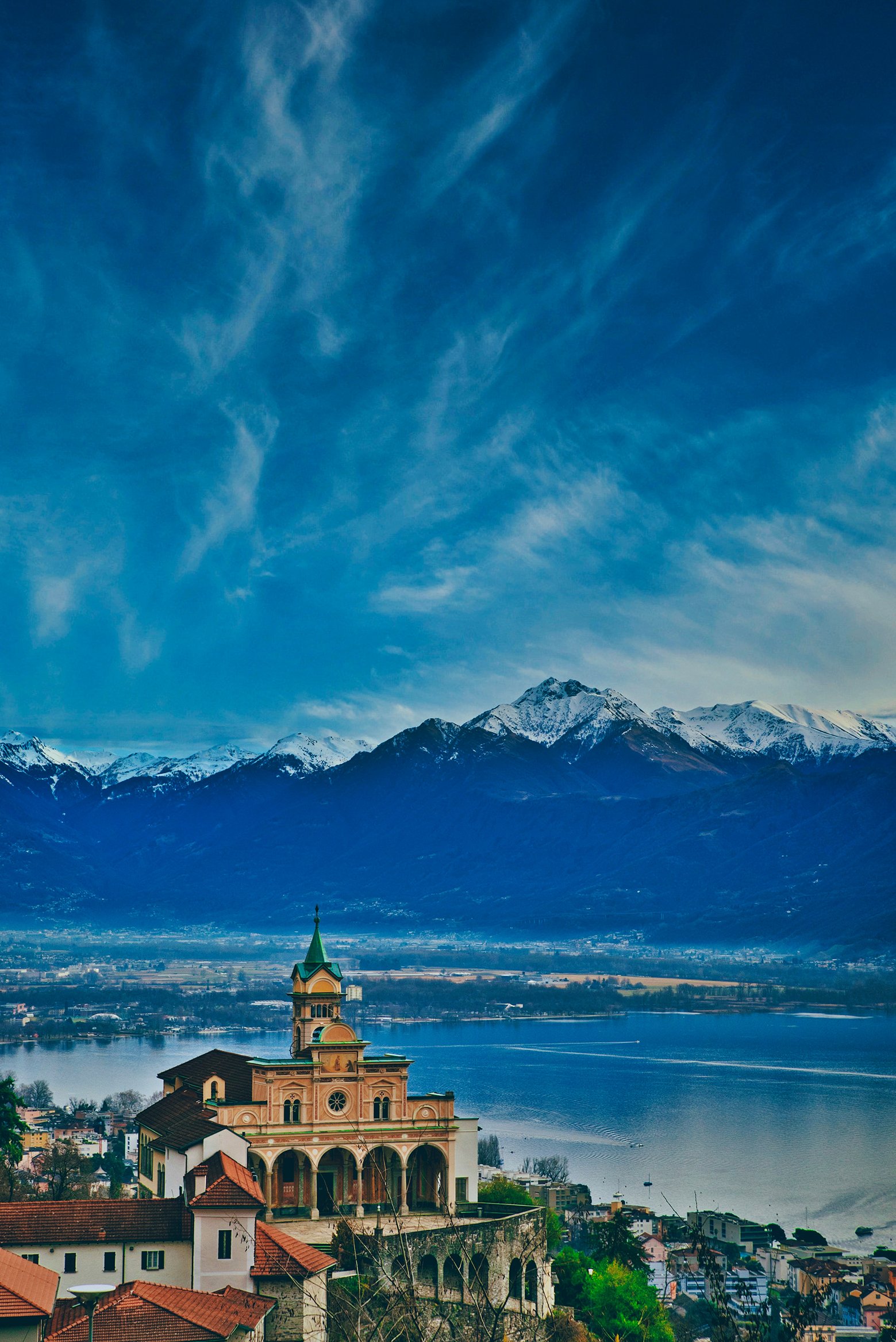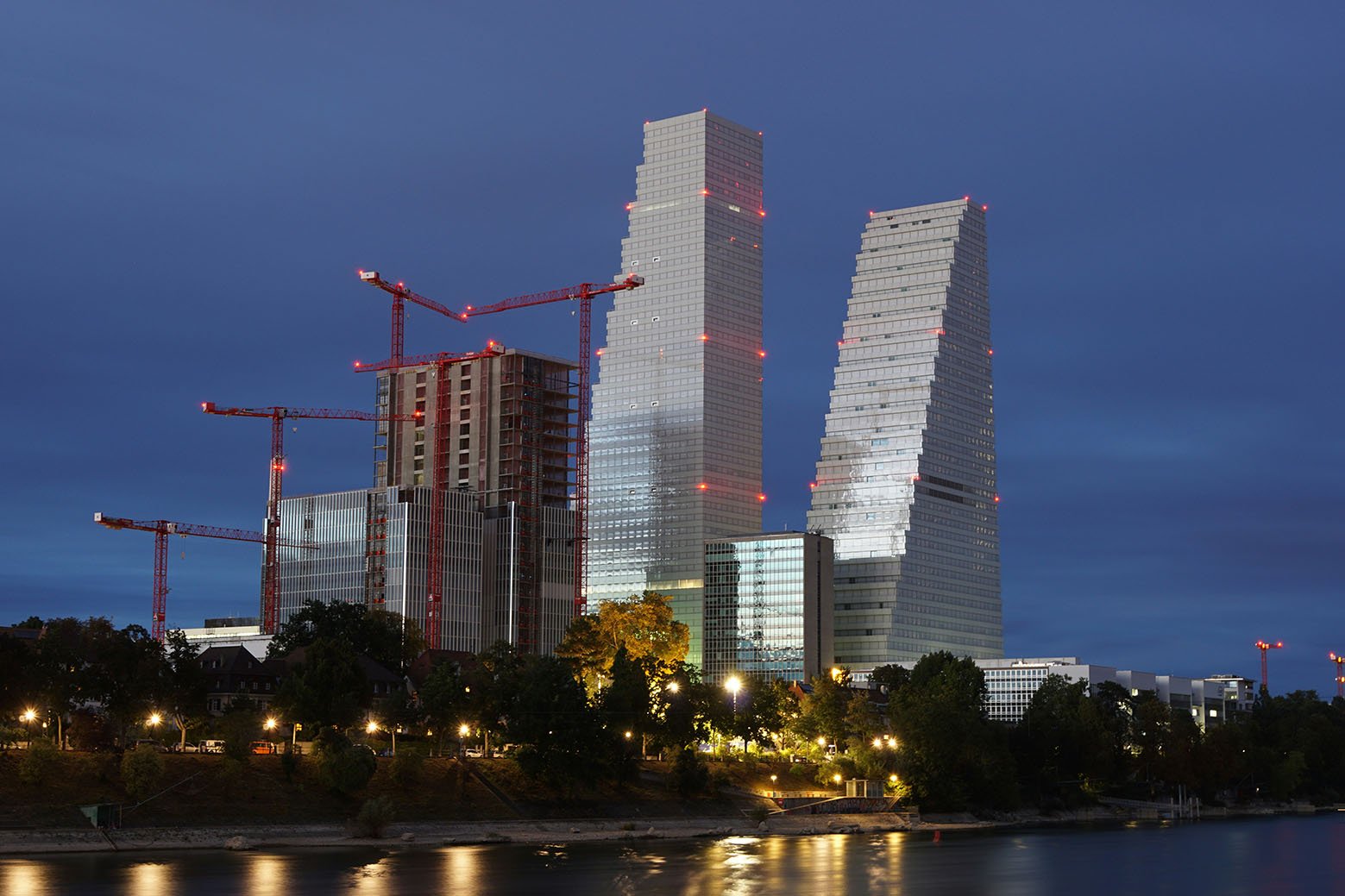A mountain nation in the centre of Europe
Switzerland features breathtaking landscapes, a rich cultural heritage, and an array of outdoor activities that attract millions of visitors annually. Located in the heart of Europe, this picturesque country boasts a diverse topography that features majestic mountains, serene lakes, and charming villages. The Swiss Alps, in particular, are a significant draw for tourists, offering world-class skiing in the winter and hiking trails during the summer months.
Switzerland blends German, French, and Italian influences, and this diversity is vividly displayed in its numerous festivals, culinary delights, and historical landmarks. Cities like Zurich, Geneva, and Lucerne serve as cultural hubs, each offering unique museums, art galleries, and culinary experiences.
Places
Swiss Highlights

Ticino
The Canton of Ticino, nestled in the southernmost region of Switzerland, presents a unique blend of natural beauty and rich cultural influences. Bordered by the impressive Alps to the north and the tranquil shores of Lake Lugano and Lake Maggiore to the south, the geographical features of Ticino are striking. The dramatic mountains provide a picturesque backdrop and are interspersed with lush valleys that foster a diverse ecosystem. Ticino’s location is significant as it serves as a bridge between the Italian-speaking southern regions and the German-speaking northern areas of Switzerland. This positioning has fostered a unique cultural tapestry that incorporates both Swiss efficiency and the warmth of Italian lifestyle. The canton boasts vibrant towns such as Lugano, Bellinzona, and Locarno, each showcasing architecture and customs influenced by both Swiss and Italian heritages. For more information, click here.

Zurich
As Switzerland's largest city, Zurich serves as an essential gateway both geographically and culturally. Nestled at the northern tip of Lake Zurich and bordered by the scenic Swiss Alps, it is renowned not only for its picturesque landscapes but also for its multifaceted urban atmosphere. With a population exceeding 400,000, Zurich plays a pivotal role in the economic, cultural, and historical fabric of the country.
One of the most captivating features of Zurich is its Old Town, or Altstadt, characterized by narrow, winding streets that are lined with medieval buildings and charming squares. This historical center is the site of cultural landmarks like the Grossmünster, an iconic Protestant church, and St. Peter’s Church, which boasts the largest clock face in Europe. These architectural marvels reflect Zurich’s rich historical narrative, making a walk through the Old Town a must for visitors.

Basel
Basel, situated on the banks of the Rhine River, boasts a rich history that dates back to Roman times, with its origins tracing back to approximately 44 BC. The Middle Ages saw Basel flourish as a key trading city, particularly in the textile and banking industries. As the city entered the modern era, Basel transformed itself into a cultural and economic center, renowned for its role in the pharmaceutical and chemical industries and hosting international financial institutions. The city is home to numerous museums, galleries, and theaters, making it a central hub for art lovers and cultural enthusiasts alike. One of the most significant art events in the world, Art Basel, takes place annually in the city. This prestigious fair attracts international artists, collectors, and curators, showcasing contemporary works and providing a platform that emphasizes Basel's global significance in the art community. In addition to contemporary art, Basel is known for its investment in educational institutions, such as the Basel School of Design and the Academy of Art and Design, which nurture young talent and promote innovative approaches to art and design. For more information, click here.
